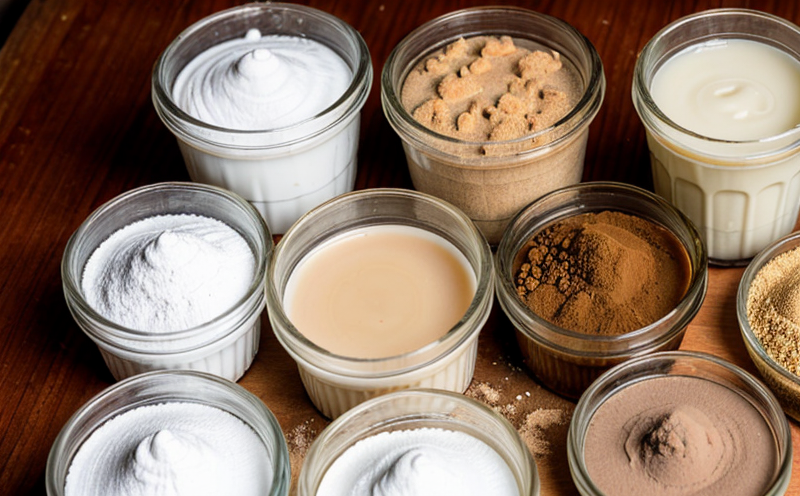USP Detection of Objectionable Molds in Food Ingredients
The United States Pharmacopeia (USP) standard provides a stringent protocol for detecting objectionable molds in food ingredients. This service ensures that food products comply with the highest safety and quality standards, safeguarding public health.
Objectionable molds can pose significant risks to human health if present in food ingredients. These molds include species like Aspergillus, Penicillium, and Fusarium, which are capable of producing mycotoxins that may lead to serious health issues such as liver damage or cancer.
The USP standard is not just a guideline but a critical tool for food manufacturers and suppliers. By adhering to this protocol, companies can ensure that their products meet the stringent safety requirements set by regulatory bodies like the Food and Drug Administration (FDA) and the European Commission.
The testing process involves several key steps. First, the sample is prepared according to USP guidelines, which may include homogenization or grinding of the food ingredient. The preparation step ensures that all parts of the sample are available for analysis. Next, the prepared sample undergoes a series of culturing processes using selective media designed to promote the growth of objectionable molds.
The final step is the identification and quantification of mold species present in the sample. This involves microscopic examination and possibly molecular techniques such as PCR (Polymerase Chain Reaction) for accurate identification. The results are then compared against USP limits, which specify acceptable levels of these molds in food ingredients.
| Step | Description |
|---|---|
| Sample Preparation | Homogenization or grinding of the food ingredient. |
| Culturing | Growth of objectionable molds on selective media. |
| Identification and Quantification | Microscopic examination and molecular techniques for accurate identification. |
Scope and Methodology
The USP protocol is designed to detect objectionable molds in food ingredients, focusing on species such as Aspergillus, Penicillium, and Fusarium. The methodology involves several critical steps:
- Sample Preparation: Homogenization or grinding of the food ingredient.
- Culturing: Growth of objectionable molds on selective media designed to promote their growth.
- Identification and Quantification: Microscopic examination and molecular techniques for accurate identification and quantification.
The results are then compared against USP limits, which specify acceptable levels of these molds in food ingredients. This ensures that the final product meets rigorous safety standards set by regulatory bodies like the FDA and the European Commission.
Benefits
The USP detection service offers several key benefits to food manufacturers, quality managers, compliance officers, and R&D engineers:
- Compliance with Regulatory Standards: Ensures adherence to stringent safety standards set by regulatory bodies.
- Protection of Public Health: Prevents the presence of objectionable molds that could pose health risks.
- Rigorous Quality Assurance: Provides a robust framework for quality assurance in food production.
- Informed Decision-Making: Equips stakeholders with critical data to make informed decisions about product safety and efficacy.
Industry Applications
This service finds application in various sectors, including food manufacturing, pharmaceuticals, and biotechnology. It is particularly crucial for companies involved in the production of:
- Grains and cereals
- Dairy products
- Fruits and vegetables
- Peanuts and nuts
| Sector | Application |
|---|---|
| Food Manufacturing | Detection of objectionable molds in grains and cereals. |
| Pharmaceuticals | Ensuring drug ingredients are free from harmful molds. |
| Biotechnology | Preventing contamination in bioprocesses involving food ingredients. |





